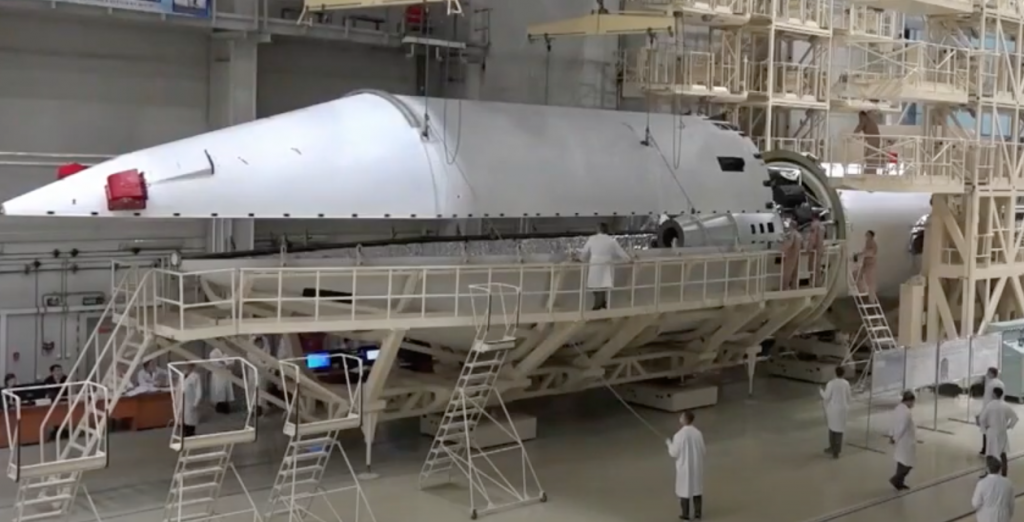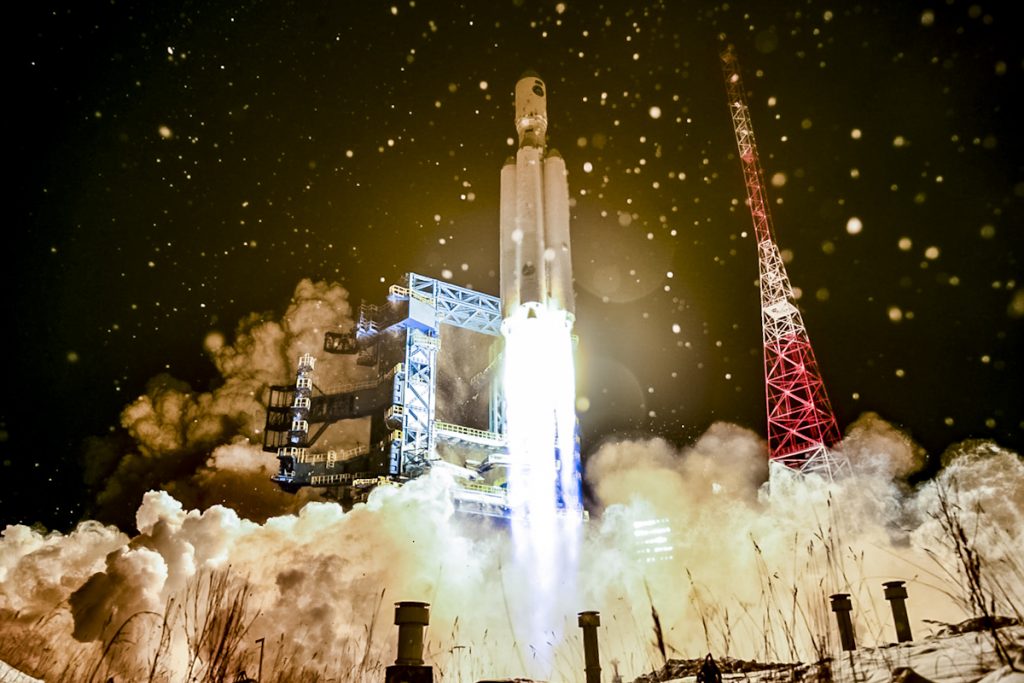A Russian rocket got stuck in space after an engine failure and may crash back to Earth.
On Monday, December 27, Russia launched its third and final demonstration flight of the Angara A5 rocket. The Khrunichev State Research and Production Space Center are developing and building the Angara to replace multiple existing launch vehicles.

Angara used a new Persei upper stage to place its 2,400 kg mass simulator near geostationary orbit (GEO). After a few hours, the Persei upper stage planned to re-burn to put the payload in orbit a few hundred kilometers above GEO. However, the rocket’s upper stage engine failed two seconds into its second flight, preventing it from reaching its target. As a result, the rocket and its dummy cargo were trapped in a low Earth orbit.

Jonathan McDowell, who happens to be a renowned astrophysicist working at the Harvard-Smithsonian Center for Astrophysics, took to Twitter to establish that the mass of the rocket and payload weighs “around four tons” in all “so some bits may reach Earth surface.”

However, it is pertinent to mention that scientists’ reports concluded that the Angara would burn into tiny, harmless pieces. It will indeed be an embarrassing display for the Russian space agency. In addition to the embarrassment it will cause, it is sure to instill the anxious feeling of knowing that debris might fall into our houses at any given time.


